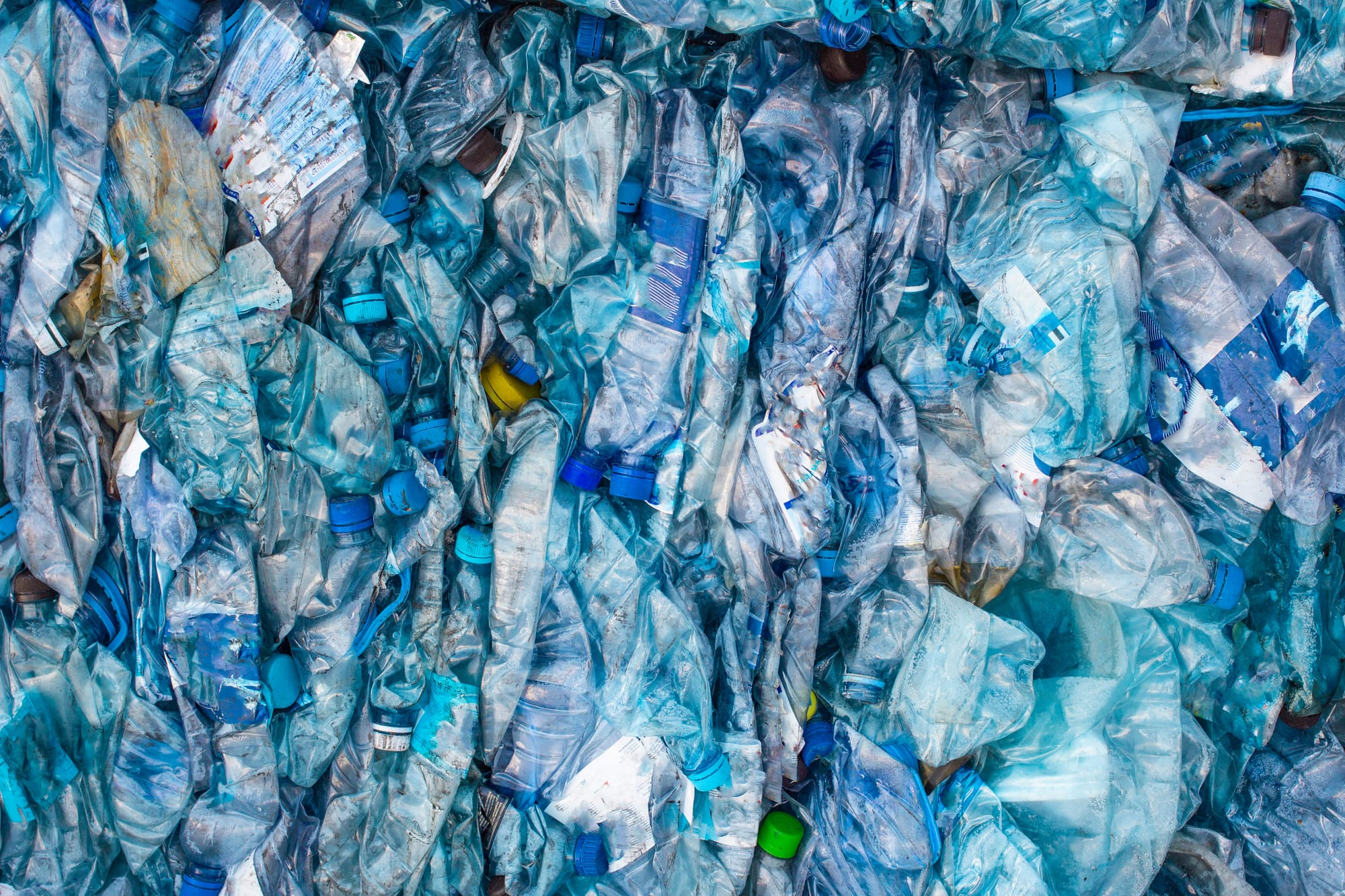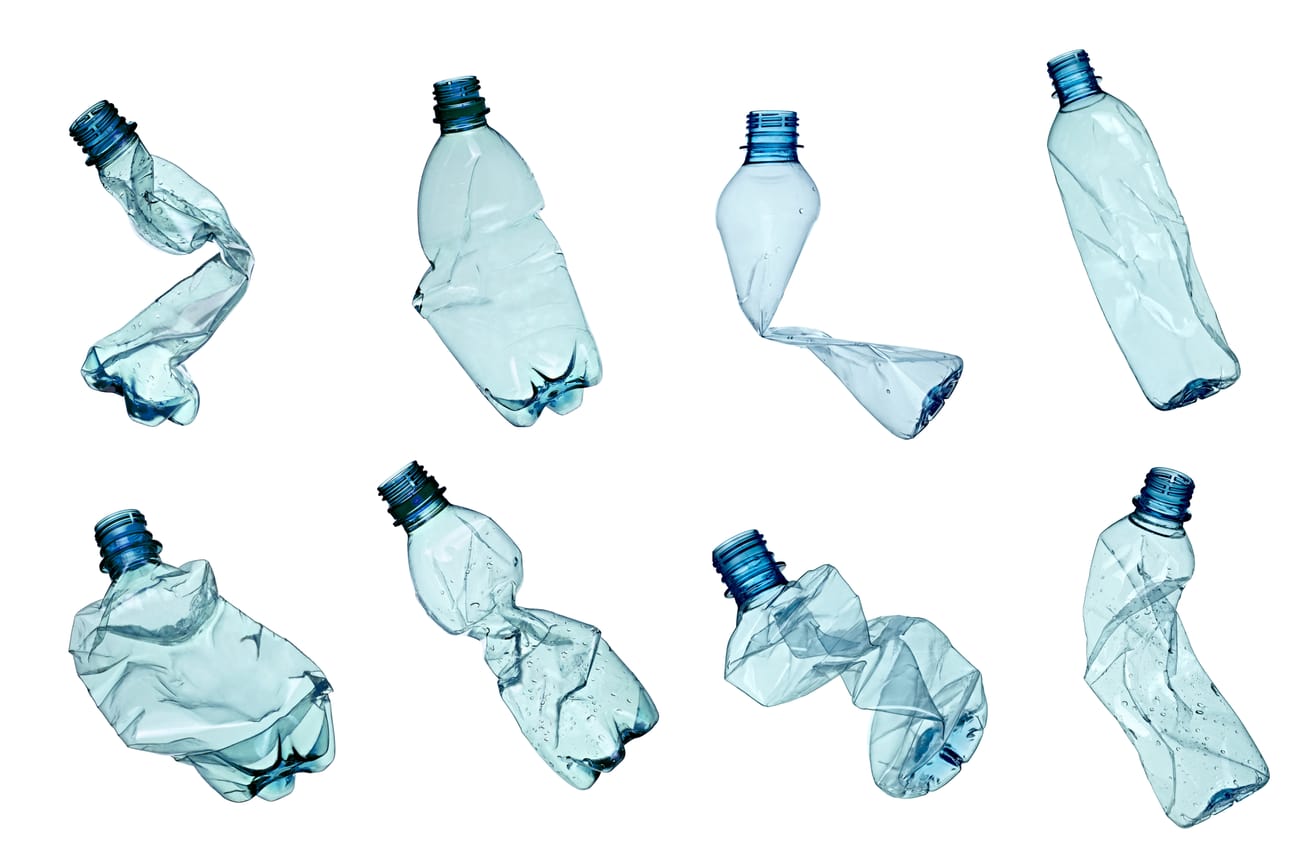The circular economy has proven to be an effective and sustainable approach to managing plastic materials, minimizing waste, promoting recycling, maximizing the value of resources, and reducing environmental degradation. Core principles of this circularity include designing circular systems, reducing and reusing plastic items, developing recycling infrastructure, implementing extended producer responsibility, fostering innovation and research, promoting public awareness and education, encouraging collaboration and partnerships, establishing circular supply chains, stimulating market demand for recycled content, and exploring waste-to-energy solutions. These core principles, when implemented effectively, could contribute to a more responsible and environmentally friendly approach to plastic use and disposal.
However, there are significant challenges impacting the effectiveness of the circular economy, including the complexity of plastic waste streams, a lack of standardization in recycling processes, contamination of recyclables, the prevalence of single-use plastics, and the global nature of plastic pollution. Addressing these issues necessitates a comprehensive and collaborative approach involving governments, industries, consumers, and the scientific community to unlock the full potential of a circular plastic economy and achieve a more sustainable approach to plastic use and disposal.

Addressing the critical challenge of the limited capabilities of industrial-scale recycling processes, Republic Services, formerly Republic Waste Industries and Republic Industries, recently opened its Polymer Center in Las Vegas, Nevada. According to Jon Vander Ark, president and chief executive officer, “supply high-quality, domestically sourced recycled plastic to advance a critical need for more sustainable packaging.”
The $70M facility expects to produce more than 100 million pounds of recycled plastics each year for sustainable packaging and other applications. As of now, recycled single-use plastics, such as water or soda bottles, are downcycled into less sensitive products, such as park benches or carpet fibers. The Polymer Center plans to extend the life cycle of consumer-grade plastics six to seven times, increasing the material's circularity.
“When you’re putting materials into those types of markets, there’s limited application — it’s a drainage pipe, it’s a septic system, it’s some other type of construction material,” he said. “That’s recycling, and that’s all good, good use of that material, it gets a second life. But then, at the end of that material’s life, it’s very difficult to recycle.”
The demand for recycled material continues to rise at an exponential rate due to consumer pressure and brand commitment to use more recycled content in their packaging. In addition, more states are mandating recycled plastic. For example, the State of California currently requires recycled plastic products to be made of at least 15 percent recycled material. This percentage will increase to 25 percent in 2025 and to 50 percent in 2030, according to California’s Department of Resources Recycling and Recovery. As a result, supply is struggling to meet the growing demand. The demand for rPET in the U.S. is expected to reach 5 billion pounds by 2030, while, based on current recycling processes, will only reach approximately 2.5 billion pounds. The Coca-Cola Company, one of the initial partners of the Las Vegas Polymer Center, plans to use a minimum of 50% recycled material in its packaging by 2030. The Polymer Center is scheduled to supply rPET to Coca-Cola, beginning in January 2024.





